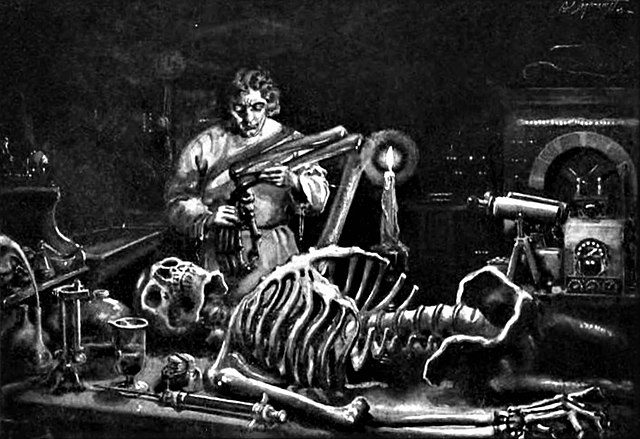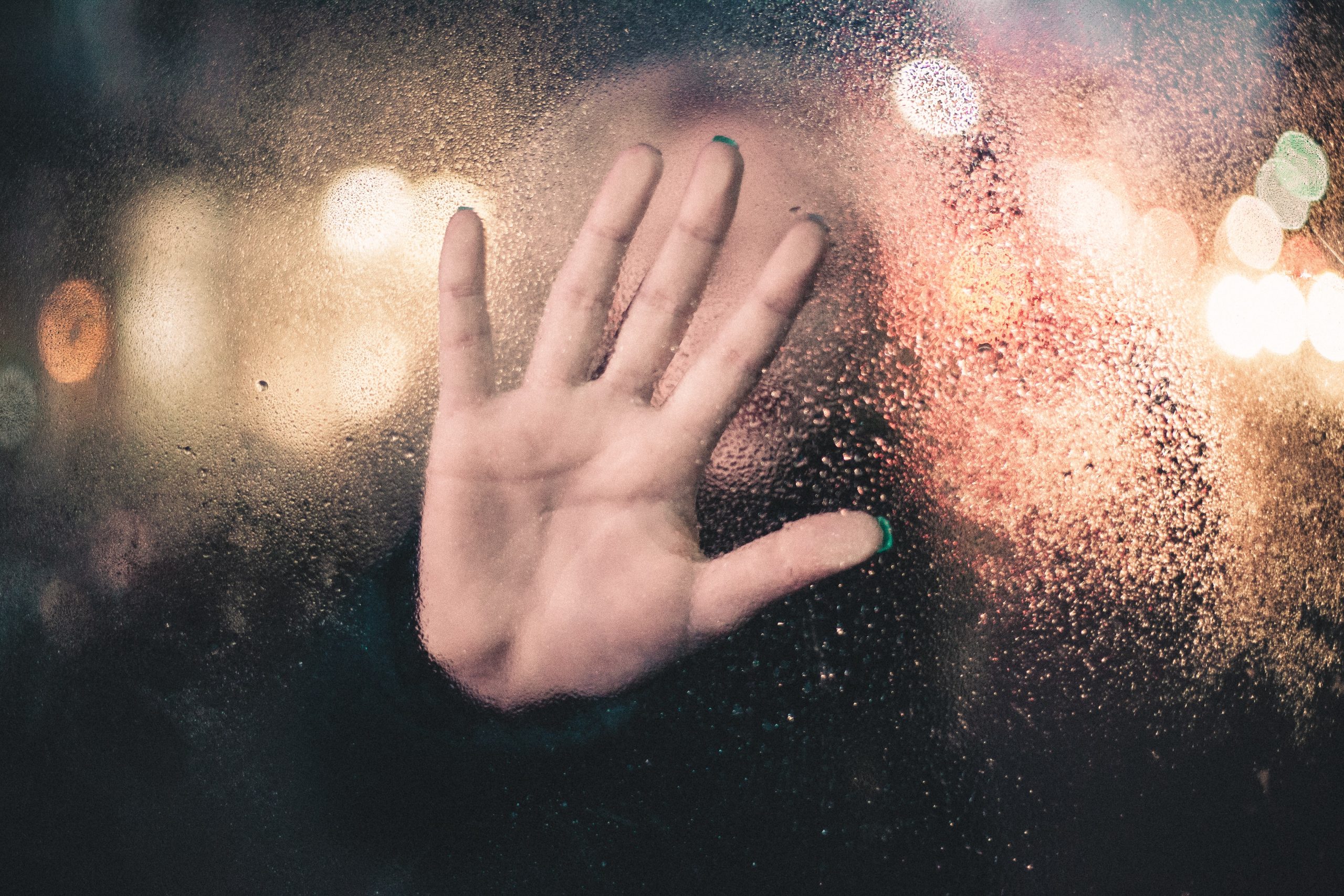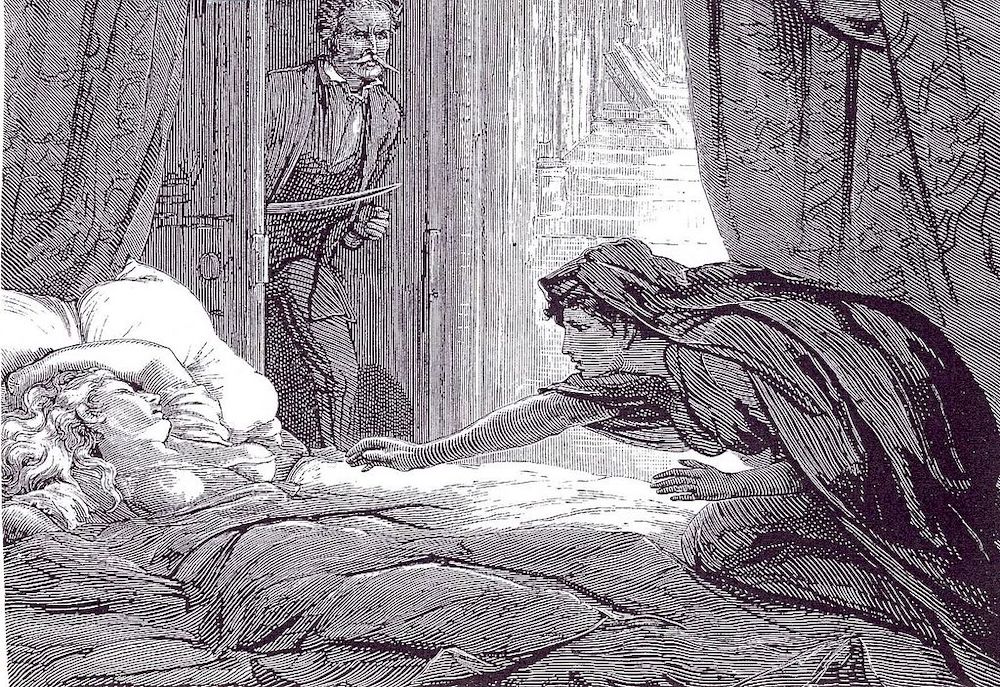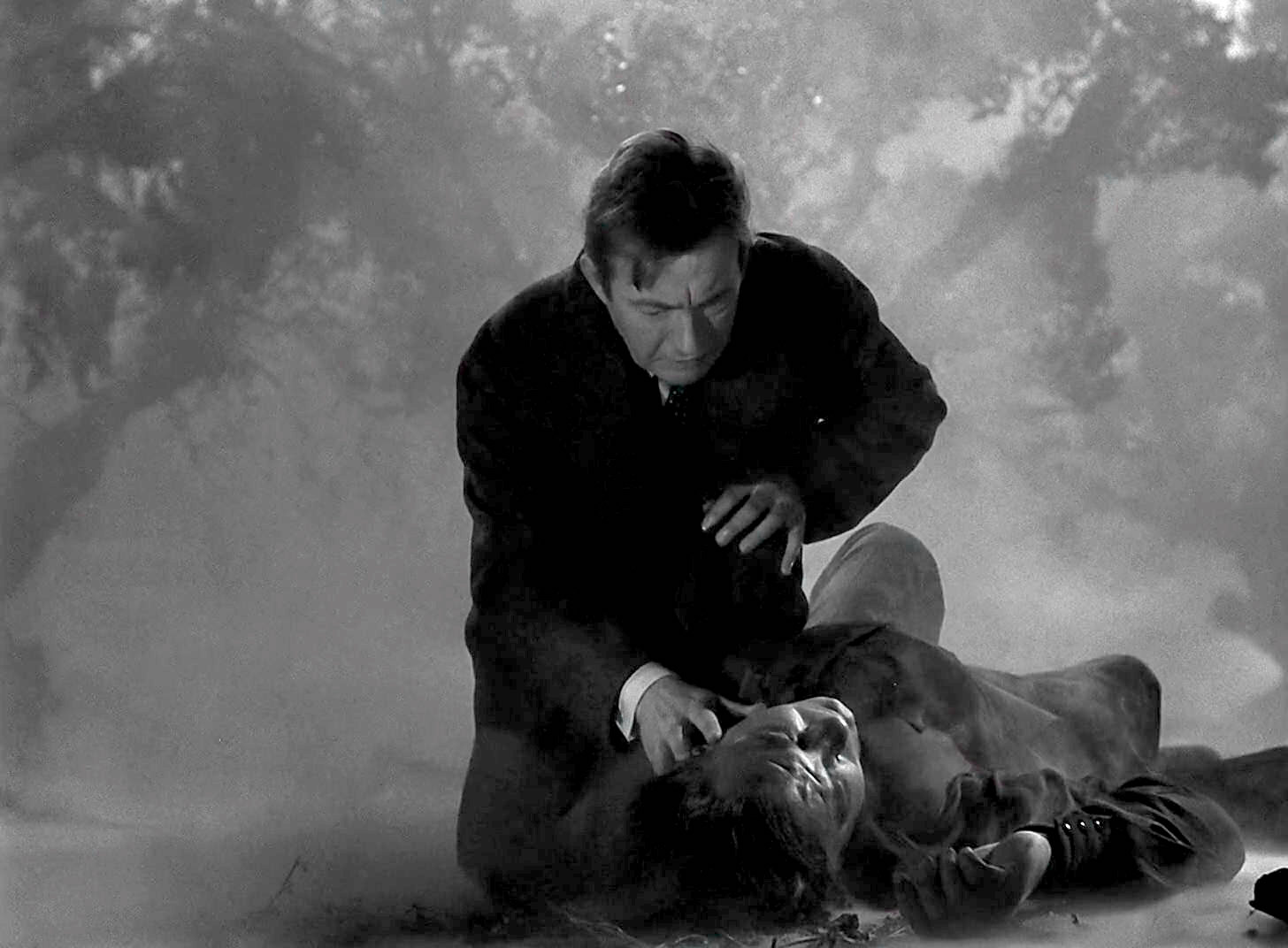interviews
A Queer Gender-Swapped Retelling of “Frankenstein”
Addie Tsai’s novel "Unwieldy Creatures" explores the transgressive nature of existing in a queer body within a society obsessed with heteronormative beauty

Addie Tsai’s novel Unwieldy Creatures is a queer, contemporary retelling of Mary Shelley’s Frankenstein set in Indonesia and the American South. The novel explores the transgressive nature of existing as a queer body, an “unwieldy creature,” in a society whose obsession with bodily perfection and beauty serves as a tool for reinforcing heteronormative standards of behavior. Shelley’s Victor Frankenstein becomes Tsai’s Dr. Frank, a queer biracial woman whose dysfunctional experiences of parental affection at home lead her into becoming obsessed with creating the perfect creature birthed from the bodies of two same-sex partners: herself and her female lover named Hana. What starts out as a queer scientist’s striving to birth a creature that is perfect to behold—which Dr. Frank envisions as a means for her and Hana to gain acceptance in a world that rejects queer bodies like their own—results in tragedy. Hana gives birth to an ugly giant that Dr. Frank finds herself incapable of loving, upending Dr. Frank’s mission of creating a being out of her own unwieldy body that she can love as her own.
Critics often speak of Frankenstein as a cautionary tale about human ingenuity as it goes several steps too far in reshaping natural laws, but Tsai brings to our attention an aspect of Shelley’s Frankenstein that has become overlooked, and that is our ability as a human race to love and care for beings that fall outside society’s norms. Are beautiful and perfect bodies that conform to social norms of presentation and behavior the only bodies that we are capable of loving? I talked to Tsai, over email, about how the retelling of a classic tale can unearth such overlooked questions that are especially relevant today.
Monica Macansantos: In an essay you wrote for Columbia Journal, you talked about connecting to Frankenstein at multiple points in your life. How has your relationship with Frankenstein grown since your essay’s publication in 2018, which (if I’m not mistaken) was before you started writing Unwieldy Creatures?
Addie Tsai: In 2019, I began the process of IVF (in vitro fertilization) with my former partner. I never actually made it to the procedure itself—I would end up going through an incredibly fraught divorce not long after I believed the treatment would begin—but it was through learning more about that process in full that I began to think about the rise of access in reproductive technologies and how Frankenstein, I felt, would be the perfect classic text to explore some of the ethical concerns as our technology evolves faster and faster where reproduction is concerned.
In other words, I went from considering and relating to the point of view of the Creature as an abandoned child, as Othered, to thinking more about what a Victor Frankenstein would be like in this rise of reproductive technologies and ethical concerns around creation.
MM: Dr. Frank, like Mary Shelley’s Victor Frankenstein, is a complicated and oftentimes unsympathetic character. What makes Dr. Frank’s character flaws particularly interesting to me is how they arise from her own grievances as a queer biracial person who has struggled to find love and acceptance from an early age. Could you talk more about your experiences of writing a deeply flawed queer and biracial character, as well as the challenges that this may have brought?
AT: There is a subplot within the original Frankenstein that I’ve often felt had much potential but was rarely addressed, which I wanted to address here, but obviously with new complications under a racialized and gendered framework. To me, it is significant that Frankenstein sets out on a quest to create life not through living things, but through dead ones. Did he imagine that if he were able to accomplish this, then perhaps he could also bring his mother back from the dead? If we go backwards and look at Victor’s childhood with these aspects in mind, I wanted to address what else could cause the kind of narcissistic avoidance of responsibility and obsession with one’s own ambition. Instead of whiteness and masculinity being assumed, I wanted to use these ideologies to inform how Dr. Frank’s flaws could rise from the abuse and violence of toxic white masculinity. Certainly, because Dr. Frank is not a cishet white man, it was very important that she was cast as Dr. Frank very intentionally, from a defensive reaction rather than an offensive one, if that makes sense.
All of us “marginalized” writers are writing in a time in which more attention is being given to issues of race, gender, sexuality, disability, class, etc. This is great, but what it’s also done is cause a kind of hypervigilance around the kinds of characteristics that are “allowed” on marginalized characters. I think the goal is not to tokenize or put these characters on a pedestal, but to write through them in complicated, thorough ways. I knew that it was a risk writing through a Frankenstein figure who was not white, straight, or masculine, but I felt it an important and interesting experiment to work through. I think my Dr. Frank is a bit more sympathetic than Victor Frankenstein, but she still manages to chase her own ambition rather than considering those around her. If only she’d gone to therapy! Alas.
MM: Dr. Frank is half-Indonesian, and your novel often draws upon the culture and language of Sulawesi. What drew you to Indonesian culture, and could you talk about your experiences of researching and working it into your retelling of Frankenstein?
AT: Honestly, I’m not sure what drew me to rely on Indonesia and Indonesian culture. I had dated someone in my early twenties who was Indonesian Dutch (his father was Dutch and his mother was Indonesian and raised in Singapore) and so I had a tiny amount of knowledge from that time and experience, but not much. I knew I wanted to focus on an Asian character, but I wanted to expand my writing to try to write through an Asian country and culture that I hadn’t personally experienced. I wanted the land that Dr. Frank came from to feel a bit less familiar and written about than Taiwanese or Chinese culture. That was part of it.
I read an article at some point about the different gender categories of the Sulawesi, which is why I made a decision to bring those into the world of the novel. I don’t really plan or outline novels, and this was the first novel I’ve written that was truly fictional, with no parts of it based on my personal life or experience. I know this sounds silly, but it’s true: the novel led me where I needed to go. I started each day by reading the particular part of Frankenstein I planned to retell, and went from there. I think the most in-depth research I did was on the wedding scene. Of course, I also hired an Indonesian sensitivity reader to make sure my research hadn’t led me astray or that I wasn’t saying anything that would be considered offensive or inappropriate in one way or another.
MM: Much of your novel grapples with the power dynamics that come into play in romantic relationships, as well as in the parental relationships that come about when these fraught romantic relationships result in children. Dr. Frank’s parents have a difficult and unwieldy marriage due to a power imbalance resulting from differences in class, culture and race. The product of this unwieldy union, Zoelle or Dr. Frank, is also an unwieldy creature whom her white father finds difficult to love. Could it be that our own failures to love these “unwieldy creatures”, even when they’re of our own flesh and blood, stem from an imbalance of power in the way we relate to people? Does power hinder our ability to love?
Instead of whiteness and masculinity being assumed, I wanted to use these ideologies to inform how Dr. Frank’s flaws could rise from the abuse and violence of toxic white masculinity.
AT: I love this question. Absolutely. I think we tend to consider power in obvious places (and then, still not as much as I would like or would argue for): mostly in terms of physical power differentials, or power in terms of professional positions. But it’s my belief that power shows up a lot more often than we’re willing to admit. I’ve observed more often, for example, that there seems to be a refusal (I use that word deliberately) of parents to see their position as one of power. Or all of these other aspects that the book addresses that you mention: class, race, culture, and, I would add, age (at least where Zoelle’s parents are concerned). It’s my belief that it’s not just the imbalance of power that’s to blame, but also a refusal to confront that imbalance of power.
I think in terms of the idea of failing to love our “unwieldy creatures,” it has a lot to do with some aspect of the relationship that we, ourselves, do not want to confront. Something it activates within ourselves about our own selfishness, ego, power to abandon. If we never face what’s most monstrous in ourselves, then we can never truly be present for another person. In terms of your final question, oh, what a good one! I would say that the higher the power differential, the harder the love is to access.
MM: To circle back to my question on power, much of this novel deals with issues of power and consent. We see this when Ezra intrudes on Dr. Frank’s research, surreptitiously tainting an embryo that Dr. Frank then knowingly inserts into Hana’s uterus without informing Hana about its tainting. Could you tell us more about how these scenarios were birthed in your head in an era of #MeToo? Were these issues that you saw in the original Frankenstein that you sought to further explore in your retelling?
AT: This took much headwork to get to. I knew that, because Dr. Frank is queer and also because in a modernized version the idea of Dr. Frank and Ezra actually marrying would not work, that Dr. Frank would never be able to go through with marrying Ezra, which she was forced to agree to at her father’s deathbed, just like in the original Frankenstein. I knew that, because he was an abused and entitled figure, that Ezra would not accept this rejection. I also knew that we had to see Dr. Frank’s narcissism come to full fruition. For me, the clearest way that all of these aspects could be addressed was for Ezra to interfere with Dr. Frank’s life work. What we ultimately learn is that Dr. Frank, at a crucial moment, chooses her own ambition over a kind of integrity, and over the feelings of her partner.
I hadn’t even considered the implications of #MeToo, but I do think that there were different ways I wanted to address the idea of consent. Aside from the fact that I don’t think that, based on the circumstances of how she ended up with the family, Elizabeth was in a position to consent to her union with Victor, I don’t think Frankenstein explicitly addresses consent. However, I think part of what upsets the Creature so much is that not only could he not consent to being born (nor could any of us), he is just left to roam the Earth since his only creator refuses to take responsibility for his existence.
MM: Much of your novel takes place in Texas, a state that has been in the news for its restrictions on reproductive rights, and which isn’t particularly known for being friendly to queer people. You were born and raised in Texas, and you still live in the state. I’m curious about how it was like, as a queer author, to write a novel centering queer bodies and experiences in Texas, at a time when the rights of women and LGBTQ+ people in the state have come under increasing threat.
If we never face what’s most monstrous in ourselves, then we can never truly be present for another person.
AT: Oof, this is a big question. When I started writing this book, Trump was still president, and we were starting to see reproductive rights threatened in a major way in the south. I wrote this in the midst of an endless period of anti-trans bills being brought forward. So, of course, the climate in Texas was very much on my mind as I wrote this. Since that time, we’re seeing even more attacks against LGBTQIA+ children and adults in a multitude of ways. There is a vast community of LGBTQIA+ people throughout the south. We have always been here. It is important to me to create Southern queer characters in complicated and thoughtful ways, if only because it has been important to me to read the works of queer Southern writers who fight to represent us in fiction.
MM: Unlike the Creature in the original Frankenstein whose death is implied, Ash of Unwieldy Creatures is allowed to live, and that is in spite of dia’s (Ash’s pronoun) own crimes. Ash is a morally ambiguous character, just like Ash’s creator, Dr. Frank. What guided your decision to allow Ash to live?
AT: It was important to me that Ash lived. For all of the pain that is in this book, I wanted to end on a moment of joy for this creature, who only wanted to be acknowledged and loved. Ash is able to find a new way, because dia is finally able to connect to a community that is truly able to receive and cherish dia. I would not see Ash as morally ambiguous as Dr. Frank, but that dia required a familial and community connection to heal and transform.









